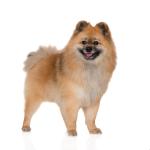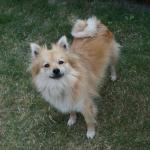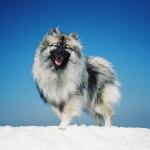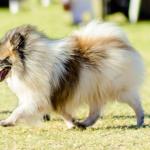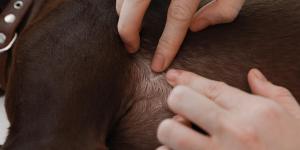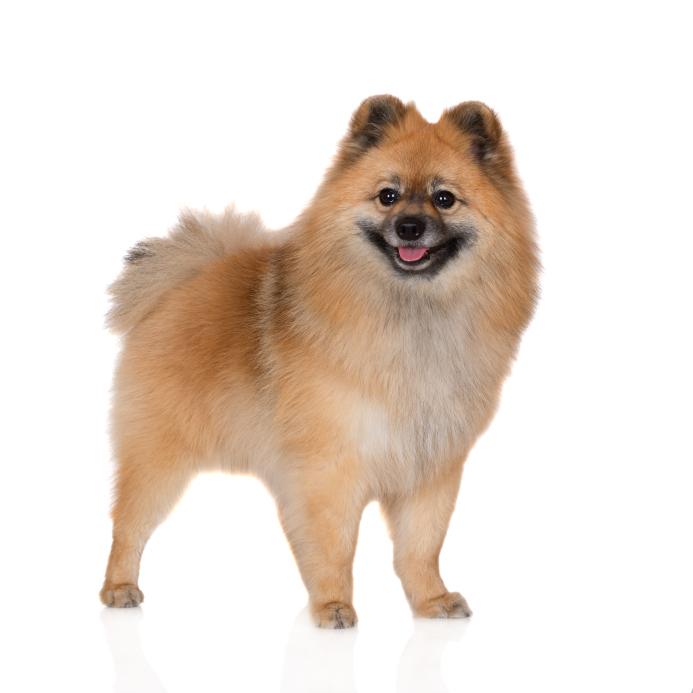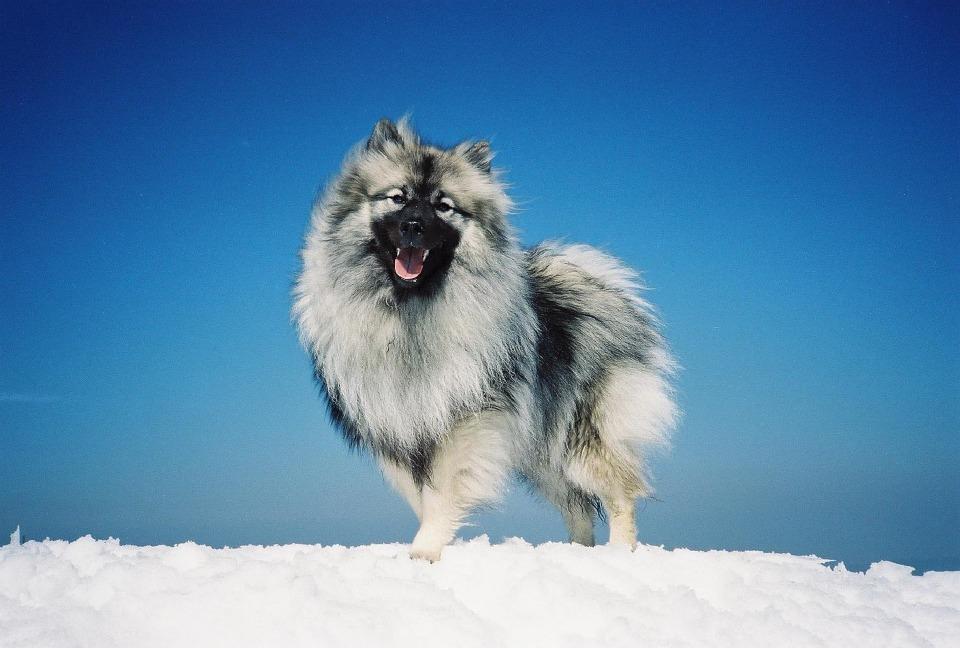German Spitz
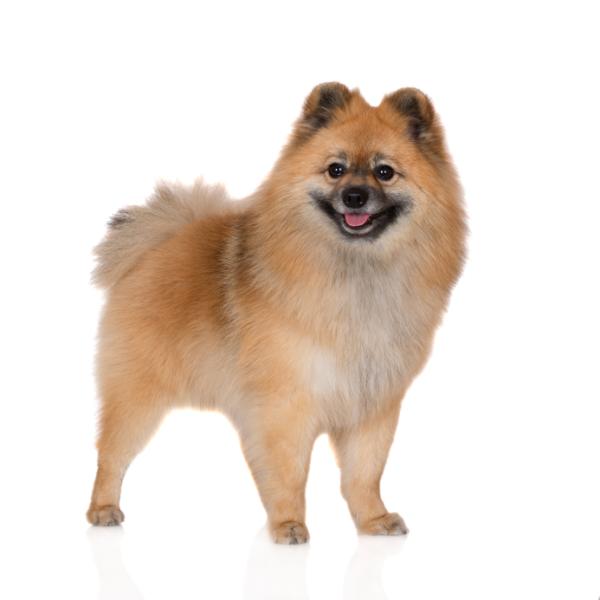
According to the World Canine Organization (FCI), there is one German Spitz breed with a single standard that includes five different varieties:
- Keeshond (Wolfsspitz)
- Giant Spitz (Großspitz)
- Medium Spitz (Mittelspitz)
- Miniature Spitz (Kleinspitz)
- Pomeranian (Zwergspitz)
These five varieties are practically identical except for their size and coat color. Although the FCI groups them within the same breed and mentions their German origin, other associations count the Keeshond and the Pomeranian as separate breeds with their own standard. According to some dog societies, the Keeshond has a Dutch origin.
In this AnimalWised file we will focus on the Giant, Medium and Miniature Spitz. For more about the Keeshond and the Pomeranian, take a look for their respective files and take a look at our article on German Spitz breeds and varieties.
- Europe
- Germany
- Group V
- 5-14
- 14-18
- 18-22
- 22-27
- 27-31
- More than 31
- 2-7
- 7-22
- 22-55
- 55-100
- 100-220
- 8-10
- 10-12
- 12-14
- 15-20
- Low
- Meidum
- High
Origin of the German Spitz
The origins of the German Spitz breed are not very clear, but the most widespread theory states that they descend from the stone age dogs of Central Europe, which the FCI names Canis familiaris palustris Rüthimeyer. Many contemporary breeds of the "primitive type" descend from these dogs and manifest traits similar to those of the gray wolf, such as erect, front-facing ears, a pointed snout, and a long tail carried over the back. However, other theories point to a later origin.
The German Spitz became more popular in Western Europe and America in the 18th Century, when Queen Charlotte - wife of George III of Great Britain and Ireland - brought some of her dogs from her native country.
Physical traits of the German Shepherd
German Spitz are beautiful dogs with an attention-grabbing fluffy coat. All Spitz varieties have the same morphology, and so they look almost the same. The main differences between them are their size and occasionally their color.
They have a fox-like, triangular and medium-sized head with a marked stop. Their nose is round, small and black or dark brown; their nose are oblique, almond-shaped and dark; their ears are pointed and erect. Their body is as long as it is tall at the withers, so they have a square silhouette with a short, strong back. Their chest is deep, with a tucked in belly; their tail, fluffy and thick, starts high and carried curled over the back.
German Spitz dogs have a double coat; the inner layer is thick, short and woolly, while the outer coat is long and straight. The hair on the ears, head, and the front of the legs and pays is shorter and velvety, and they have a thick ruff. The varieties have different accepted colors according to the FCI standard.
- Giant Spitz: 42 to 50 cm (16.5 to 20 in) to the withers, black, brown or white coat.
- Medium Spitz: 30 to 38 cm (12 to 15 in) to the withers, black, brown, gray, white, cream, orange, sable, cream-sable, orange-sable, black and tan, parti-color.
- Miniature Spitz: 23 to 29 cm (9 to 11.5 in) to the withers, black, brown, gray, white, cream, orange, sable, cream-sable, orange-sable, black and tan, parti-color.
Temperament of the German Spitz
Despite their difference in size, all German Spitz share temperament and behavior traits; they are cheerful, alert, dynamic and very affectionate with their human family. They are wary of strangers and prone to barking, which makes them good guardian dogs, but they are not good protection dogs because of their friendly character.
When they have been properly socialized they are very tolerant of strange people and dogs, but they can be aggressive with dogs of the same sex. They tend to get along with other pets and with all members of their family. However, German Spitz are not good dogs for small children. They have a reactive temperament, and they may bite if they get hurt - for instance, by a child tugging on their tail. Moreover, Miniature Spitz and Pomeranians are too small and fragile to live with young children. On the other hand, German Spitz will be great friends to older children that know how to deal with dogs.
Caring for a German Spitz
German Spitz dogs have lots of energy, but they can channel it with daily walks and playing sessions. They can adapt to living in an apartment, but Giant and Medium Spitz will benefit from having access to a garden.
They can tolerate temperate to cold climates easily, but they do not adapt well to the heat. Because of their protective double coat they can technically live outdoors, but they will be healthier and happier if they live indoors with the company of their human family. Their coat must be brushed and groomed at least three times a week to prevent tangles, and during the molting season they must be brushed daily.
Training a German Spitz
They are easy to train if you use positive reinforcement; their active and dynamic character will benefit from using a clicker. The main behavioral issue with German Spitz is their tendency to bark.
Common health problems of the German Spitz
All German Spitz varieties are generally healthy and are not prone to hereditary diseases. The most common health problems of German Spitz dogs, not counting Pomeranians, are hip dysplasia, epilepsy and skin conditions.
German Spitz photos
